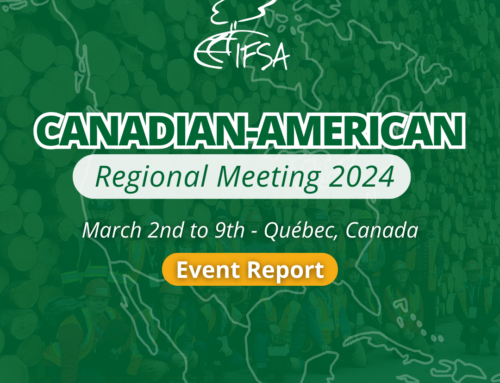2018: Celebrating the 25th year of the implementation of the Convention on Biological Diversity Much has been done over the past 25 years, including development of scientific guidance for the conservation and sustainable use of biodiversity for biomes around the world, the entry into force of the Cartagena Protocol on Biosafety, the Nagoya Protocol on Access to Genetic Resources and the Fair and Equitable Sharing of Benefits Arising from their Utilization and the creation and implementation of national biodiversity strategies and action plans. After adopting the Strategic Plan for Biodiversity 2011-2020, Parties have made significant headway in the achievement of a number of its Aichi Biodiversity Targets. More information here World Wetlands Day – February 2nd “Wetlands for a sustainable urban future” When preserved as green spaces in cities, wetlands offer spaces for recreation and access to a wide diversity of plant and animal life. Studies have shown that when city dwellers interact with nature, their stress is reduced and their health improved. Wetlands are also a buffer against climate change and their ability to store large quantities of water reduces the impacts of natural disasters such as floods, droughts, storm surges, and help regulate urban temperature. The important role of wetlands is recognized in the Sustainable Development Goals, particularly in Goal 6 on water, and Goal 14 on oceans and coasts, and Goal 15 on terrestrial biodiversity and ecosystems. Wetlands are also noted in the Sendai Framework for Disaster Risk Reduction 2015-2030, which recognizes that investing in wetlands and the ecosystem services they provide is a cost-effective way to reduce disaster and climate risks and build resilience to climate extremes. Yet wetlands are in serious decline worldwide. Governments need to ensure that the protection of wetlands is integrated into their decision-making, policies and future planning. Biocap The Biodiversity Capacity Development Update is now available! Click here to learn about what countries in Africa are doing to support reforestation, access and benefit sharing in the Caribbean, strategic plans to mainstream biodiversity and health initiatives in Europe, and more! Bio-Bridge Initiative: DNA Technology Countries have been approved for training and development of DNA technologies such as barcoding and training in order to contribute to the Global Taxonomy Initiative. Global Taxonomy Initiative Training Courses in 2018 have been established for the selected countries with generous financial support from the Government of Japan through the Japan Biodiversity Fund. The selected projects aim to promote technical and scientific cooperation or technology transfer on various topics and issues, including the use DNA bar coding and other technologies for the identification and monitoring of rare, threatened or invasive alien species; inventory and documentation of traditional knowledge associated with genetic resources; development of national accounting systems and development of technical capacity for biodiversity assessments and establishment of biodiversity data management systems. A brief description of all the selected projects is available on Bio-Bridge Initiative website at: https://www.cbd.int/biobridge/projects/selected. ]]>
About the Author: Simone Massaro
Head of Web Subcommission 2018-2020




